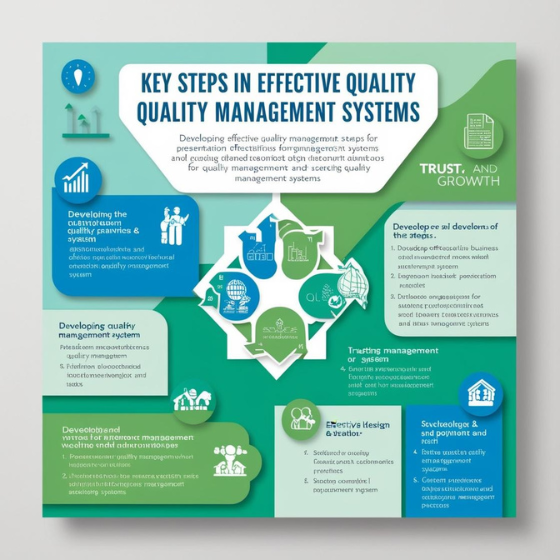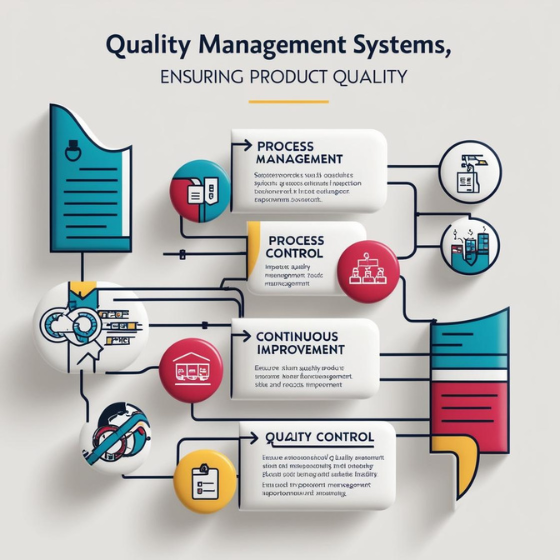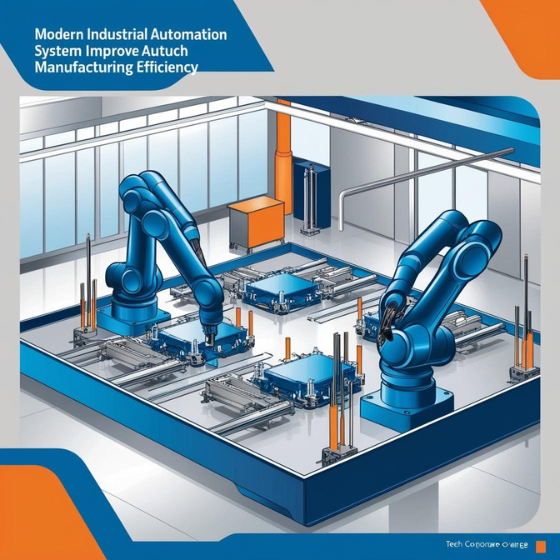Fleet Management Software: Streamlining Operations
Managing a fleet efficiently is no easy task. Whether you’re running a small delivery service or a large logistics company, fleet management software can play a crucial role in optimizing operations, reducing costs, and improving overall performance. With the right software, fleet managers can access real-time data, monitor vehicle health, track driver behavior, and streamline maintenance schedules.
In this blog, we’ll explore how fleet management software works, its key features, the benefits it provides, and how to choose the best solution for your business. Keep reading to discover how implementing an effective fleet management system can save time, money, and resources.
What is Fleet Management Software?
Fleet management software is a digital tool used to oversee the operation of vehicles within a fleet. It consolidates essential tasks such as route planning, vehicle tracking, maintenance monitoring, and driver management into one unified platform. By collecting data from GPS trackers, telematics devices, and sensors installed in vehicles, fleet managers can monitor performance, improve efficiency, and make data-driven decisions.
This software typically offers:
- Real-time tracking: Allows fleet managers to monitor vehicle locations at any given time.
- Maintenance scheduling: Keeps track of vehicle service needs to avoid breakdowns.
- Driver behavior analysis: Helps identify areas where drivers can improve to enhance safety and reduce costs.
Overall, fleet management software empowers businesses to manage their vehicles more effectively, reducing the burden of manual processes and boosting productivity.
Key Features of Fleet Management Software
Fleet management software comes with a variety of features designed to improve the efficiency and safety of fleet operations. Some of the most essential ones include:
1. Real-Time GPS Tracking
One of the standout features of fleet management software is its ability to provide real-time GPS tracking. By monitoring vehicle locations, fleet managers can:
- Optimize routes: Re-route drivers to avoid traffic, delays, or accidents, ensuring timely deliveries.
- Track driver activity: Monitor idling times, stops, and speed, helping to improve efficiency.
- Enhance accountability: Track vehicles and drivers to ensure they are following the correct routes and schedules.
Real-time GPS tracking is essential for improving delivery times and customer satisfaction while ensuring the efficient use of resources.
2. Vehicle Maintenance Management
Regular maintenance is key to keeping a fleet of vehicles running smoothly. Fleet management software can help businesses schedule routine maintenance and track vehicle health. The key benefits include:
- Proactive maintenance: Prevent breakdowns by scheduling timely repairs before they become major issues.
- Reduce downtime: Keeping vehicles in good condition means fewer breakdowns and more time on the road.
- Extended vehicle life: Regular maintenance helps vehicles last longer, providing a better return on investment.
With automated maintenance schedules, fleet managers can avoid costly disruptions and keep their vehicles operating at peak performance.
3. Fuel Management and Cost Optimization
Fuel is one of the largest ongoing expenses for fleet operators. Fleet management software can help optimize fuel consumption by:
- Tracking fuel usage: Identify which vehicles are consuming more fuel than expected and investigate the reasons.
- Reducing fuel waste: Route optimization minimizes detours and unnecessary fuel consumption.
- Encouraging efficient driving: By monitoring driver behavior, such as excessive speeding or idling, businesses can promote fuel-efficient driving habits.
Implementing fuel management features can result in substantial savings and make fleet operations more sustainable.
4. Driver Behavior Monitoring
Driver safety and performance directly affect fleet efficiency and safety. Fleet management software tracks important metrics like:
- Speeding: Detect instances of excessive speed, which could lead to accidents or fines.
- Harsh braking and acceleration: Identify sudden braking or rapid acceleration, which can cause wear and tear on vehicles.
- Idle time: Monitor periods of inactivity that waste fuel and time.
Using this data, fleet managers can provide coaching to drivers, encourage safer driving, and reduce the risk of accidents.
5. Route Optimization
Fleet management software offers route optimization features to ensure that vehicles take the most efficient paths. With this feature, businesses can:
- Avoid traffic delays: Route vehicles around areas with heavy congestion or construction.
- Reduce travel time: Cut down on the distance traveled, saving time and fuel.
- Improve customer satisfaction: More efficient routes lead to faster deliveries and better service for customers.
By using route optimization tools, businesses can increase productivity and reduce transportation costs.
Benefits of Fleet Management Software
There are numerous benefits to adopting fleet management software, especially when it comes to saving time, improving safety, and cutting operational costs. Here are a few key advantages:
1. Cost Savings
Fleet management software helps businesses save money in a variety of ways:
- Fuel efficiency: Route optimization and monitoring driver behavior can reduce fuel consumption.
- Maintenance costs: Preventative maintenance can help avoid costly repairs and extend vehicle life.
- Insurance premiums: Safe driving habits can help reduce insurance costs.
These savings can add up significantly over time, allowing businesses to allocate resources to other critical areas.
2. Enhanced Safety and Compliance
Keeping vehicles and drivers safe is essential to reducing risk and avoiding legal issues. Fleet management software helps with:
- Compliance tracking: Ensure that drivers adhere to regulations such as hours of service, and track maintenance schedules to comply with industry standards.
- Safety alerts: Receive notifications when drivers engage in risky behaviors or when vehicles need attention.
- Driver training: Use the data to create personalized training programs that promote safe driving habits.
By improving safety and ensuring compliance, fleet management software can reduce accidents, liability, and fines.
3. Improved Productivity
Fleet management software helps businesses run more smoothly by automating many administrative tasks. Benefits include:
- Real-time updates: Fleet managers can monitor vehicles and drivers instantly, making adjustments as needed.
- Automated reporting: Generate detailed reports on fuel consumption, maintenance, and driver behavior without manual input.
- Better communication: With constant updates, fleet managers can communicate directly with drivers, ensuring that issues are resolved quickly.
This increased efficiency leads to higher productivity, more jobs completed per day, and improved service delivery.
4. Actionable Data and Insights
Fleet management software provides a wealth of data that can be analyzed to make smarter decisions. Some key insights include:
- Vehicle utilization: Identify which vehicles are underused and reassign them to maximize their value.
- Cost analysis: Evaluate operational costs and find areas to cut expenses.
- Performance tracking: Measure driver performance, maintenance schedules, and fuel consumption to find areas for improvement.
Data-driven insights help businesses make informed decisions that enhance operational efficiency.
Best Practices for Implementing Fleet Management Software
To get the most out of fleet management software, here are some best practices to follow:
1. Choose the Right Software for Your Needs
Not all fleet management software solutions are the same. Make sure to select one that aligns with your business goals. Whether you need advanced route planning, real-time GPS tracking, or comprehensive maintenance management, find a solution that meets your specific needs.
2. Integrate with Existing Systems
Ensure that your fleet management software integrates well with other tools you use, such as accounting software, CRM systems, or ERP platforms. This will create a more seamless experience and help improve overall efficiency.
3. Train Your Team
Proper training is essential for maximizing the effectiveness of fleet management software. Make sure your team understands how to use the system, how to interpret the data, and how to respond to alerts and reports.
4. Monitor and Adapt
Regularly monitor the data provided by your fleet management software. Review reports on driver behavior, fuel consumption, and maintenance, and make adjustments as needed. Continuous improvement is key to optimizing your fleet’s performance.
Conclusion
Fleet management software is a game-changer for businesses looking to streamline operations, improve safety, and reduce costs. By offering features like GPS tracking, route optimization, driver monitoring, and maintenance management, these systems help businesses make smarter, data-driven decisions.
At Sodio, we specialize in helping businesses develop and implement fleet management solutions tailored to their unique needs. Contact us today to learn how our software can help you optimize your fleet operations and achieve greater efficiency.







